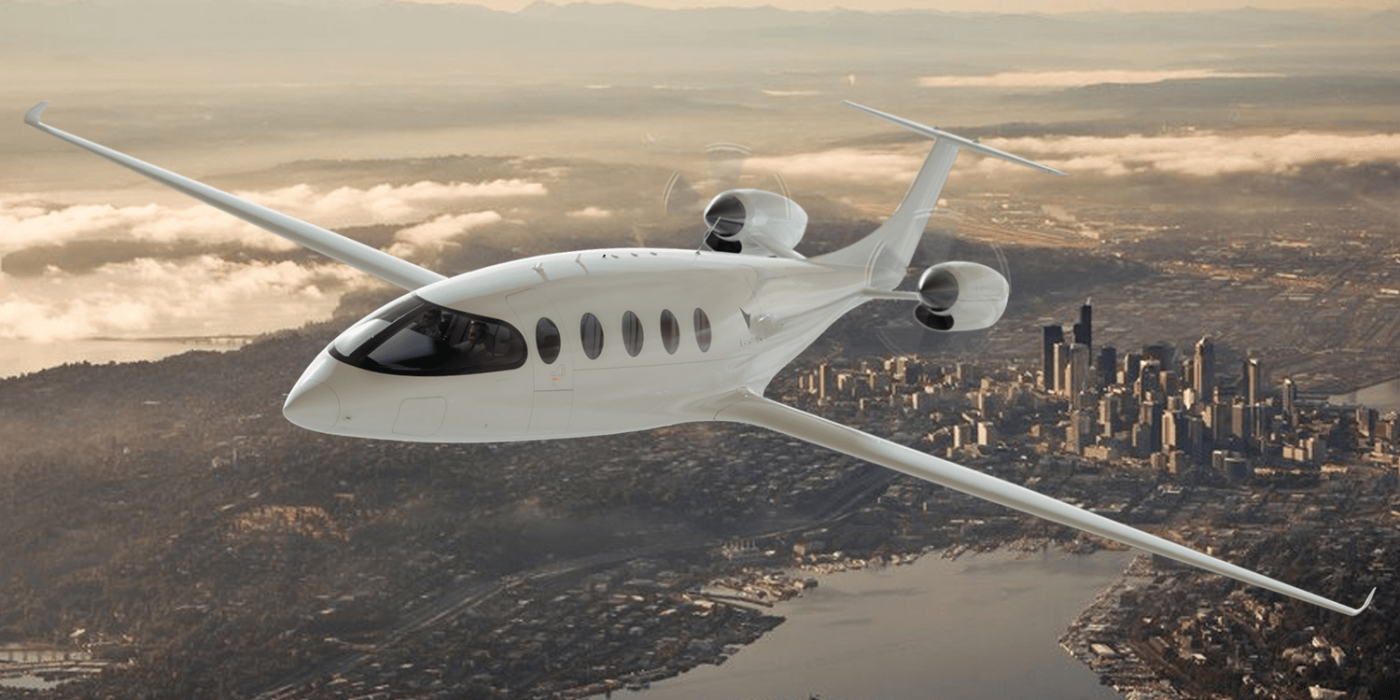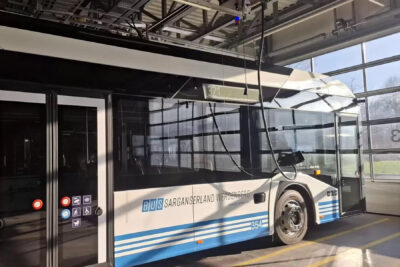Eviation Aircraft presents technical details for ‘Alice’
Eviation Aircraft has unveiled the design and technical configuration for its all-electric Alice aircraft, which is scheduled to make its maiden flight later this year. Certification and entry into service of the feeder aircraft is targeted for 2024.
Alice is an e-aircraft for nine passengers and two crew members, powered by two magni650 electric propulsion units, each with 640 kW of power from magniX. The fly-by-wire system comes from Honeywell, Eviation does not name the manufacturer of the battery system, but emphasises that it is based on currently available battery cells and does not rely on future advancements in battery technology.
The developer describes the ensemble as a “production configuration”, i.e. a setup intended for later production. “The unveiling of our Alice production design is a special day for Eviation and our partners. It also represents a final step in our iterative journey to the first flight of Alice,” expresses Omer Bar-Yohay, CEO of Eviation. “Electric aviation will continue to open up new opportunities for affordable, sustainable regional travel around the world. Alice is poised to make that possibility a reality soon.”
As for other recent performance figures for the model, the manufacturer’s website lists a range of up to 440 nautical miles, a top speed of 220 knots and a maximum payload of 2,500 pounds. Converted, that’s a good 800 kilometres, a good 400 km/h and 1,130 kilograms.
Meanwhile, the originally Israeli start-up has apparently moved its headquarters to the United States. Eviation Aircraft claims Arlington in the US state of Washington as its new headquarters.





2 Comments